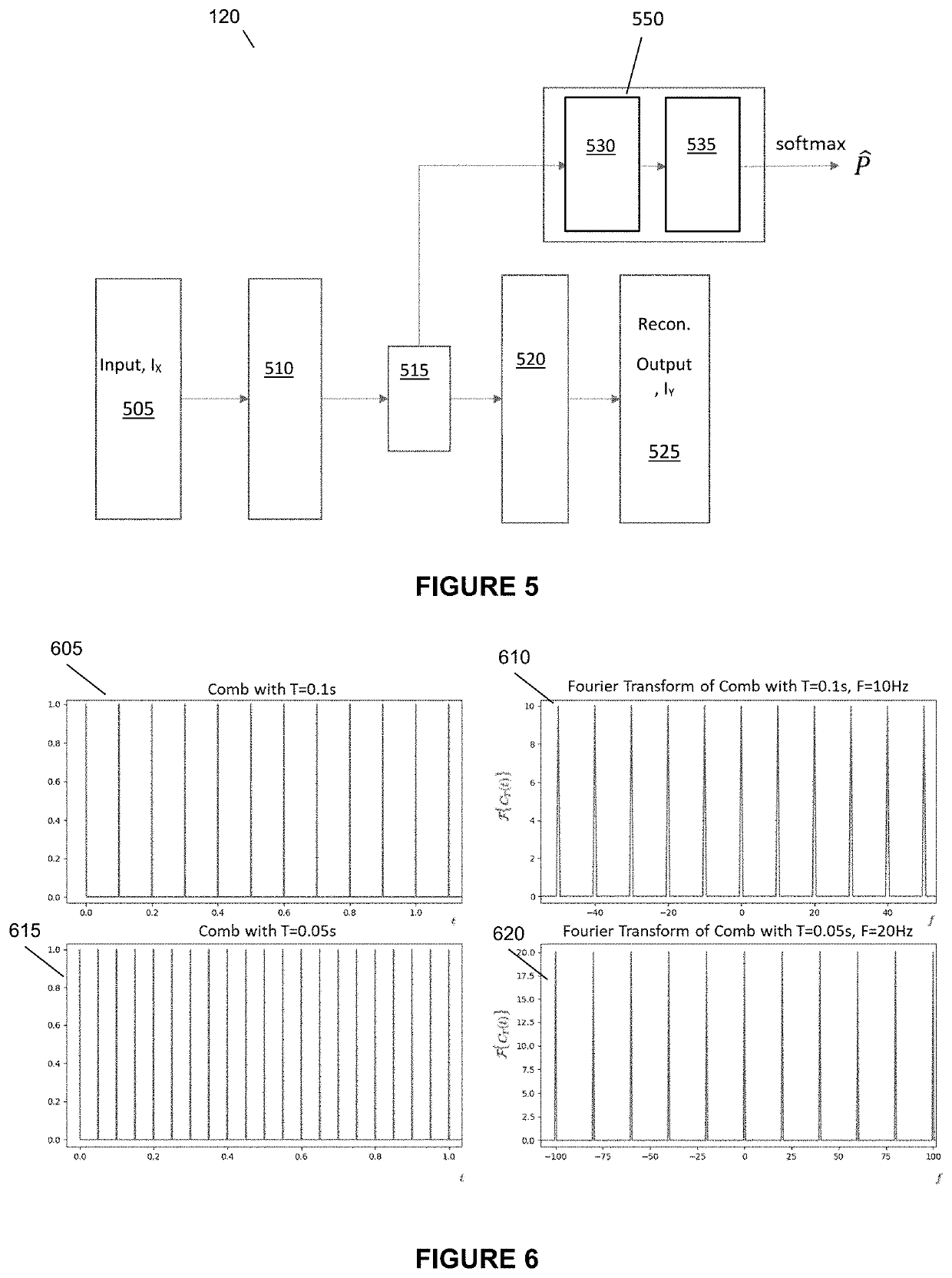SYSTEM AND METHOD FOR DETECTING DOMAIN GENERATION ALGORITHMS (DGAs) USING DEEP LEARNING AND SIGNAL PROCESSING TECHNIQUES
a domain name and signal processing technology, applied in the field of system and method for detecting domain names, can solve the problems of difficult detection and prevention of attacks, ineffective use of a simple blacklist of domain names to block dga threats, and the possibility of the computer/server being infected by malicious softwar
- Summary
- Abstract
- Description
- Claims
- Application Information
AI Technical Summary
Benefits of technology
Problems solved by technology
Method used
Image
Examples
Embodiment Construction
[0055]This invention relates to a system and method for detecting domain names that exhibit Domain Generation Algorithm (DGA) like behaviours from a stream of Domain Name System (DNS) records. In particular, this invention relates to a system comprising a deep learning classifier (DL-C) module for receiving and filtering the stream of DNS records before the filtered DNS records, which have been determined to possess domain names that exhibit DGA behaviour (hereinafter, these domain names shall be referred interchangeably as DGA domain names or possible DGA domain names), are provided to a series filter-classifier (SFC) module.
[0056]For each source Internet Protocol (IP), destination IP and time period of analysis triplet, the SFC module then groups the associated DGA records into various series. For each series, it then filters away DGA domain names and their corresponding DNS records that do not exhibit similar DGA characteristics as determined by the DL-C module. Next, the SFC mod...
PUM
 Login to View More
Login to View More Abstract
Description
Claims
Application Information
 Login to View More
Login to View More - R&D
- Intellectual Property
- Life Sciences
- Materials
- Tech Scout
- Unparalleled Data Quality
- Higher Quality Content
- 60% Fewer Hallucinations
Browse by: Latest US Patents, China's latest patents, Technical Efficacy Thesaurus, Application Domain, Technology Topic, Popular Technical Reports.
© 2025 PatSnap. All rights reserved.Legal|Privacy policy|Modern Slavery Act Transparency Statement|Sitemap|About US| Contact US: help@patsnap.com



